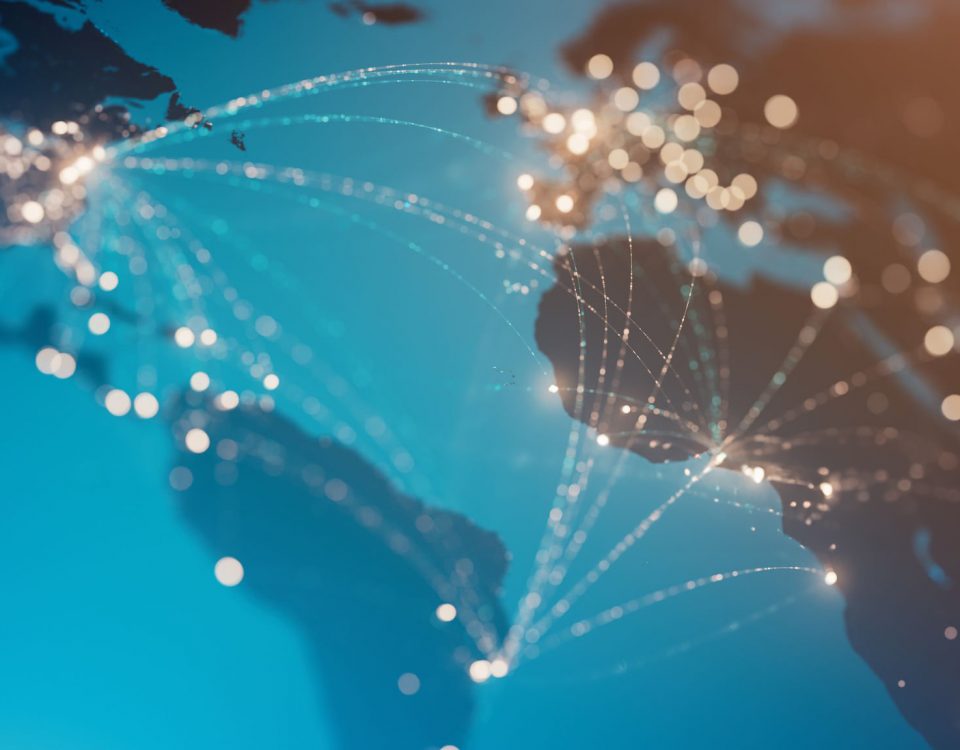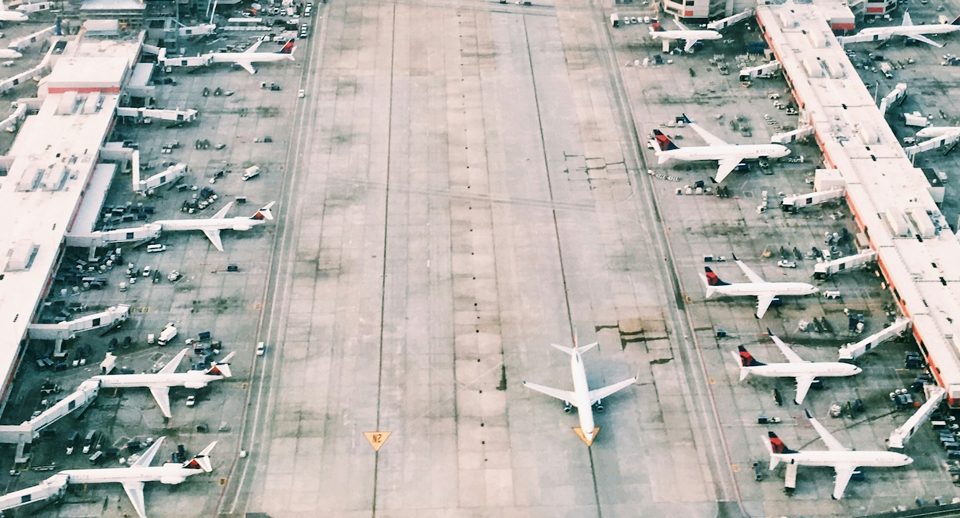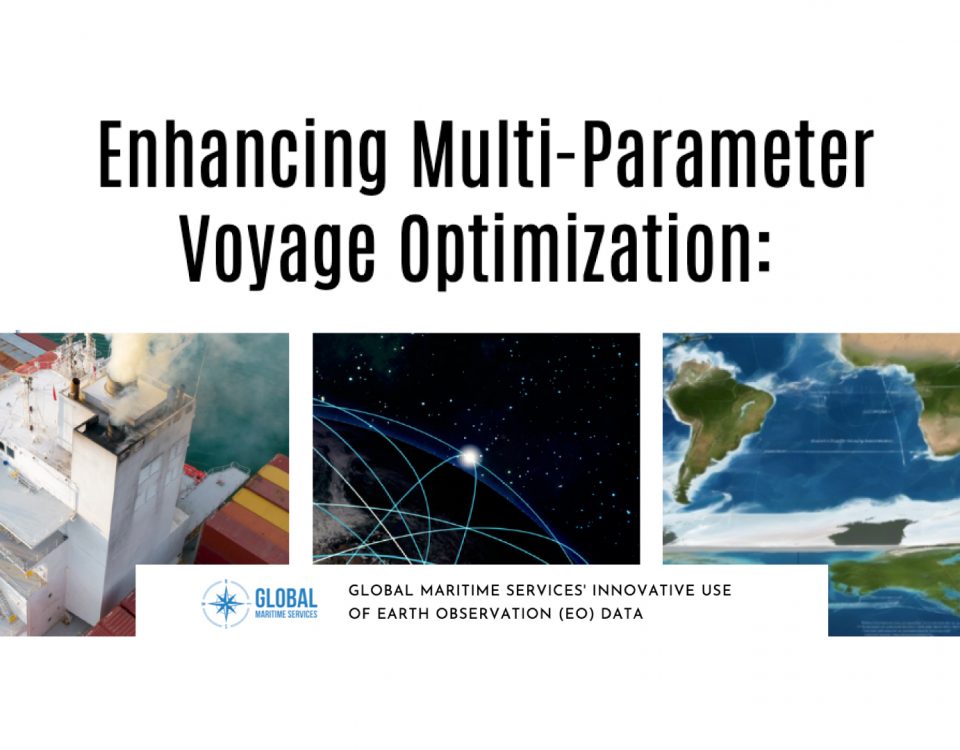
Colombia’s Aviation Fuel Crisis: A Call for a Broader Energy Solutions in Latin America
August 27, 2024
Horizon at Sea: Pushing the Boundaries of LNG with Floating Solutions
October 7, 2024By Dr. Sverre Dokken – September 1, 2024
The Evolution of Maritime Safety: A Multidimensional Challenge
In the ever-changing maritime environment, both commercial and recreational, safety remains one of the fundamental pillars. However, the challenges faced by vessels—from large ships to superyachts and megayachts—have become increasingly complex. Operators can no longer rely solely on traditional methods to ensure the safety of their vessels. Collisions with floating debris, reefs, or even fishing nets are constant threats, particularly in high-traffic areas such as the coasts of Europe and the Mediterranean.
Technological advancements in risk detection and sensor integration have been crucial in addressing these needs. In recent years, multisensory systems have proven to be the most effective tool for monitoring and mitigating these risks. In the commercial industry, multisensory connectivity has allowed operators not only to anticipate dangers but also to significantly optimize operational safety.
How Multisensory Technology Works
Multisensory systems, already widely used in the commercial sector, integrate a network of sensors that detect a wide range of objects and obstacles in the vessel’s surroundings. These systems capture real-time data from various sources, such as:
- Radar and LiDAR: Detect objects on the water’s surface, such as floating containers, reefs, or fishing nets that pose risks to vessels.
- High-definition and night-vision cameras: Provide clear visibility in low light or total darkness, which is critical for nighttime crossings.
- Acoustic sensors: Capture underwater sounds to identify submerged objects that may not be visible to the naked eye.
- Proximity sensors: Alert the presence of nearby objects, preventing collisions with other ships or floating debris.
The integration of these sensors into a connected network is key to providing a comprehensive view of the marine environment. This network not only collects real-time information but also uses predictive algorithms to anticipate potential collisions or hazards before they occur.
From Commercial Technology to Recreational Yachting
Although these systems are well-established in commercial navigation, their adoption in the superyacht and megayacht industry has been slow. This is especially surprising given that the luxury yacht environment faces many of the same risks as commercial vessels, particularly in areas with high maritime traffic, such as the Mediterranean.
The safety needs of superyachts are increasingly aligned with those of commercial maritime transport. Yacht owners, operators, and captains are not only seeking to improve safety to protect their assets but also to offer a more reliable and secure navigation experience for passengers.
Implementing Multisensory Connectivity in Yachts
At Global Maritime Services, we have worked intensively to adapt these technologies to the luxury yacht industry, offering multisensory connectivity solutions that integrate:
- Real-time automatic alerts: Operators receive instant alerts when the system detects floating objects or hazards, enabling immediate response.
- Predictive risk visualization: Advanced algorithms predict potential collisions before they become an imminent danger, significantly improving operational safety.
- Safety-based route optimization: The data collected by the sensors can be used to automatically adjust routes based on environmental conditions, avoiding high-risk areas.

Key Benefits for the Yachting Industry
The adoption of multisensory technologies in the recreational yachting industry offers multiple benefits:
- Significant improvement in safety: By detecting floating objects, nearby ships, or reefs with greater precision, the risk of accidents is drastically reduced.
- Increased operational efficiency: With more precise knowledge of the surroundings, vessels can adjust their routes, avoiding unnecessary dangers and reducing travel time.
- Greater sustainability: By avoiding collisions with floating objects or debris, damage to the hull and other components of the vessel is minimized, reducing the need for repairs and extending the yacht’s lifespan.
Success Stories in Europe
In 2024, multisensory connectivity has already begun to demonstrate its value in luxury yachts sailing in highly trafficked areas like the Mediterranean:
- Superyacht “Poseidon” in Monaco: During the summer season, this superyacht implemented an advanced multisensory system that allowed it to avoid several potential collisions with floating debris while navigating the Mediterranean. Thanks to this technology, the yacht reduced its operational risks by more than 30% compared to previous seasons.
- Yacht “Aurora” on the French Riviera: This megayacht implemented our multisensory system in combination with route optimization technologies, enabling a safer and more efficient navigation experience. By integrating both solutions, the captain managed to reduce both travel time and fuel consumption while ensuring the safety of everyone on board.
The Vision of a Safe and Connected Future
Multisensory connectivity is cutting-edge technology that not only transforms operational safety but redefines the way we navigate. At Global Maritime Services, we are committed to implementing these solutions in recreational yachting, providing luxury yachts with the ability to navigate more safely, efficiently, and sustainably.
The future of navigation is not only a technological challenge but an opportunity to create a safer and more responsible maritime environment. Our mission is to continue developing solutions that bring innovation and safety, helping yacht operators and owners rise to the challenges of the 21st century.
For more details on how multisensory connectivity is transforming safety in navigation, you can review the IMO’s 2023 Maritime Safety Report.
Dr. Sverre Dokken




